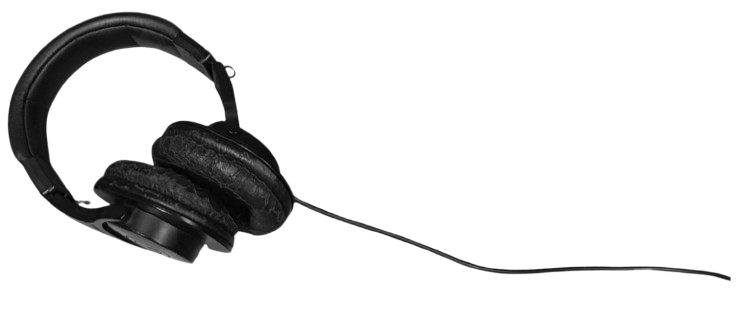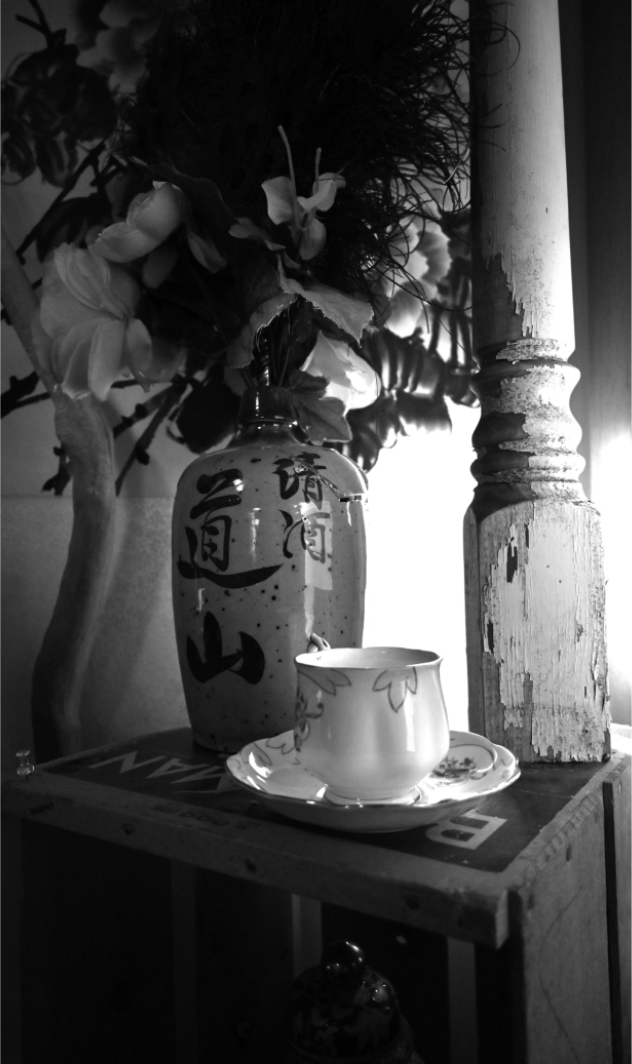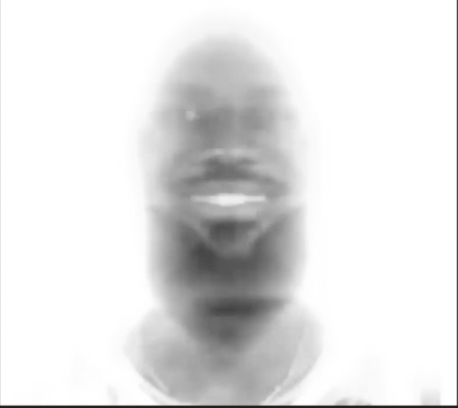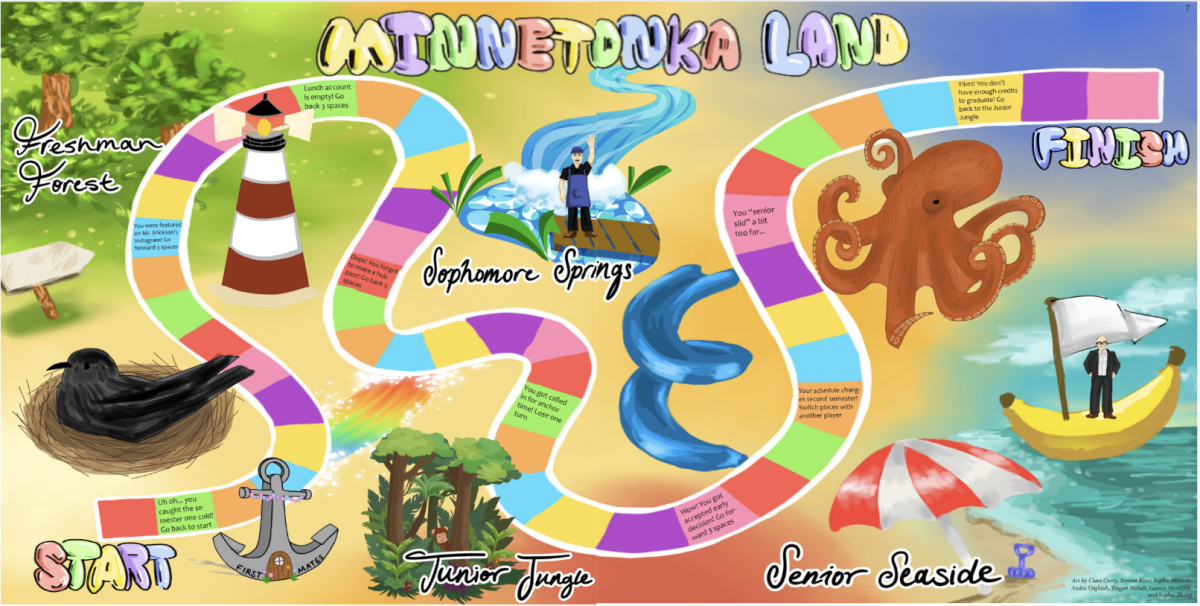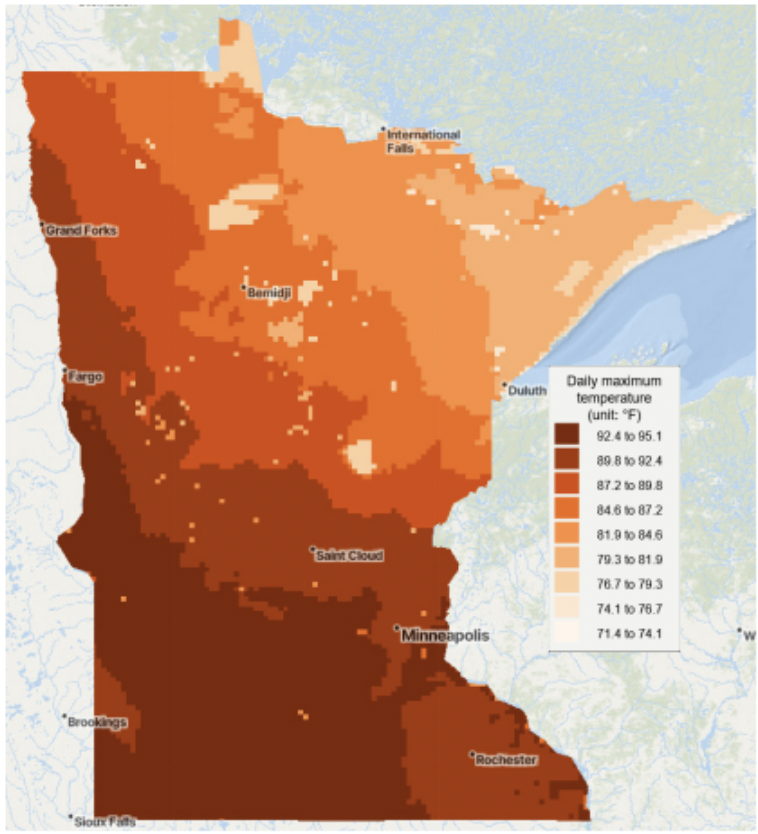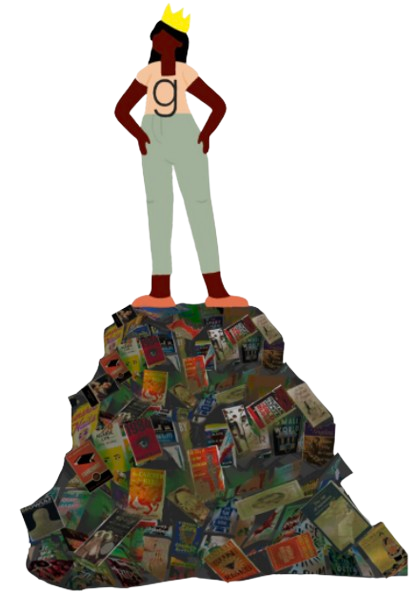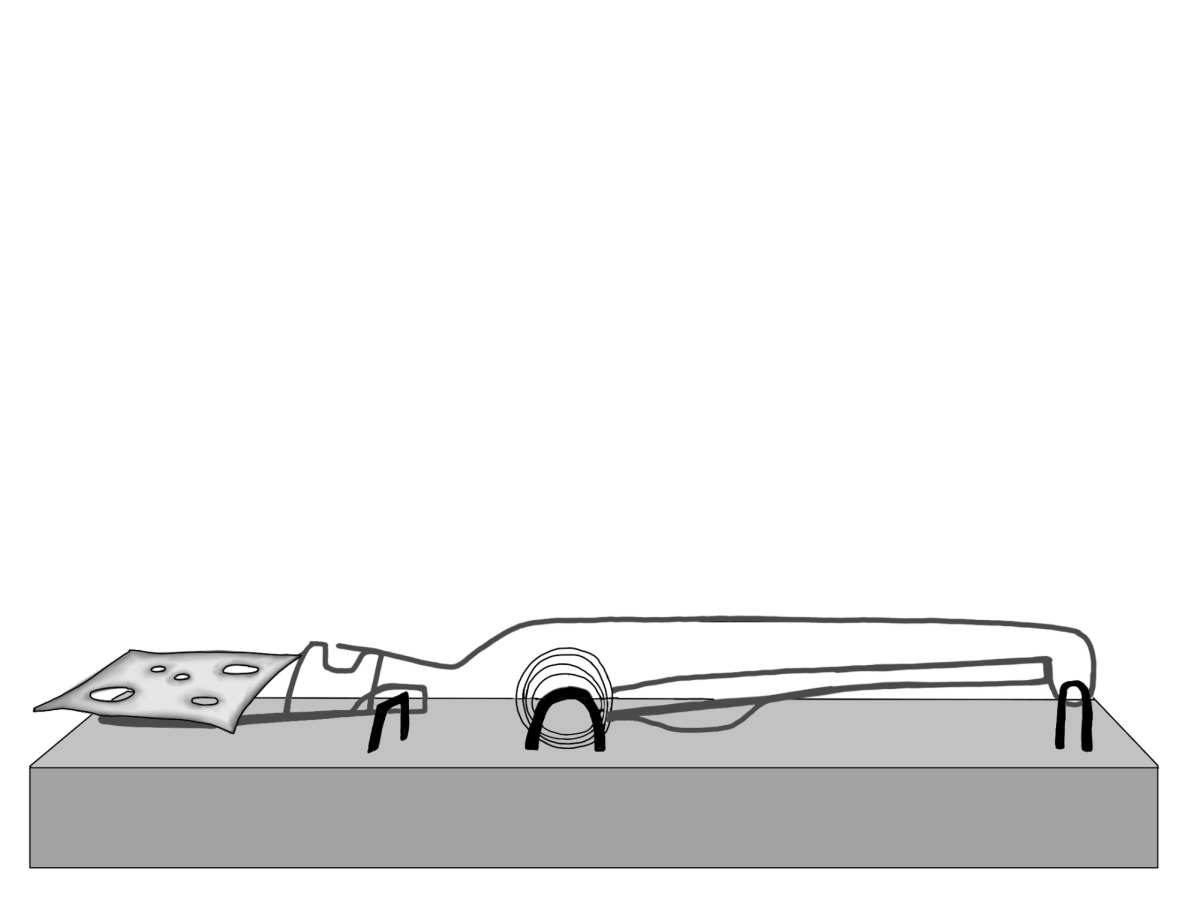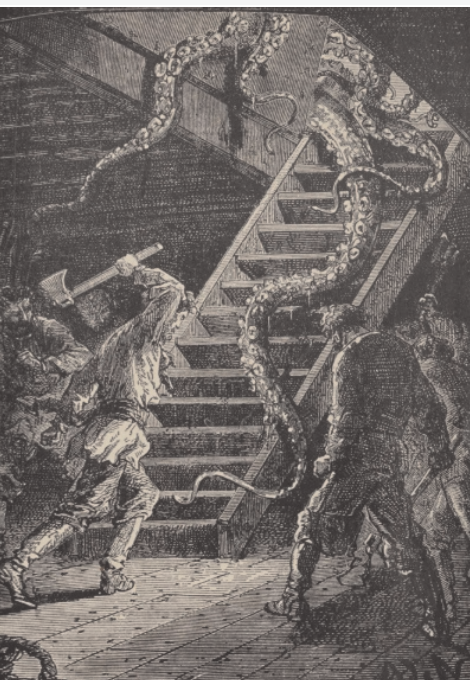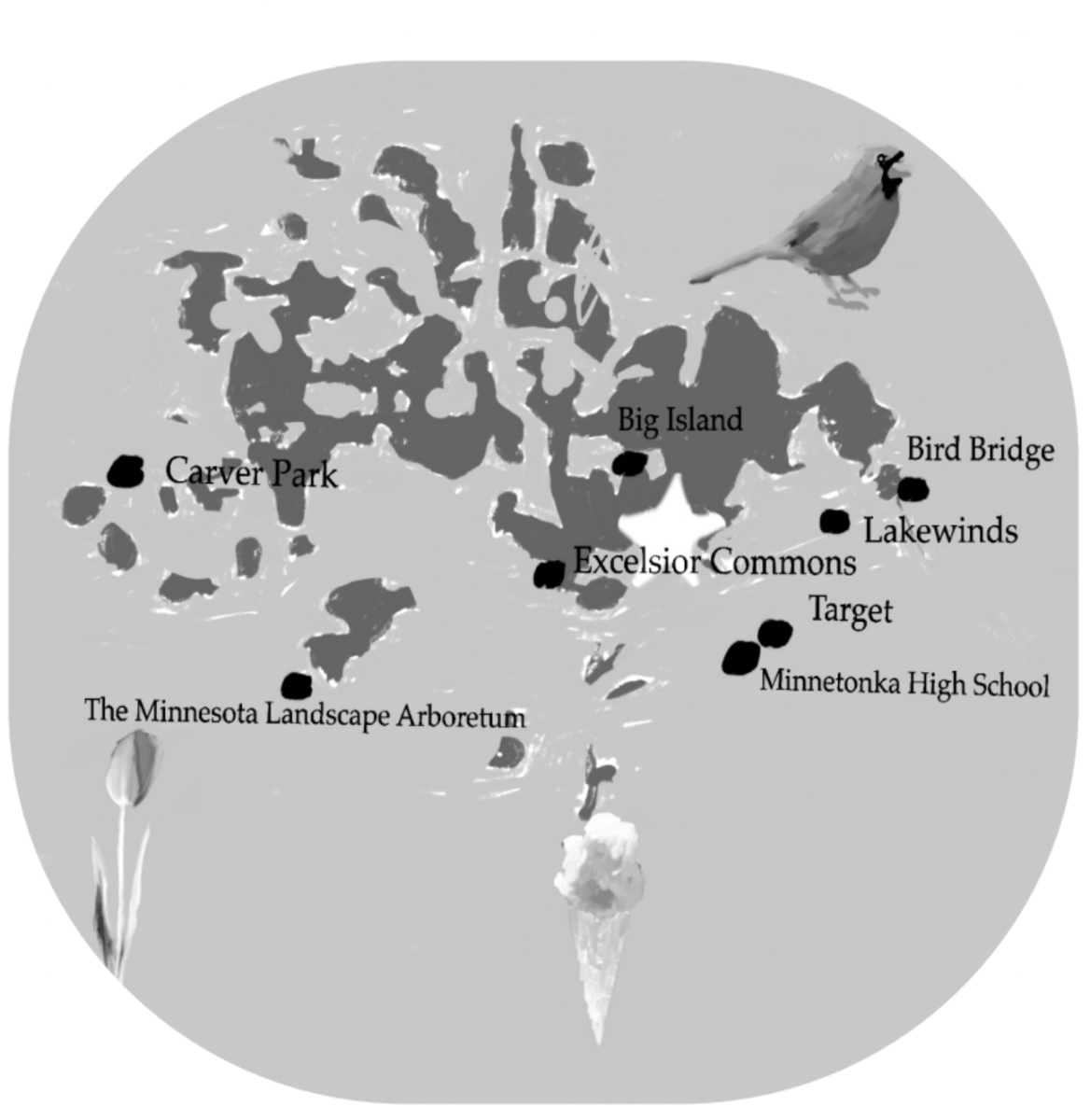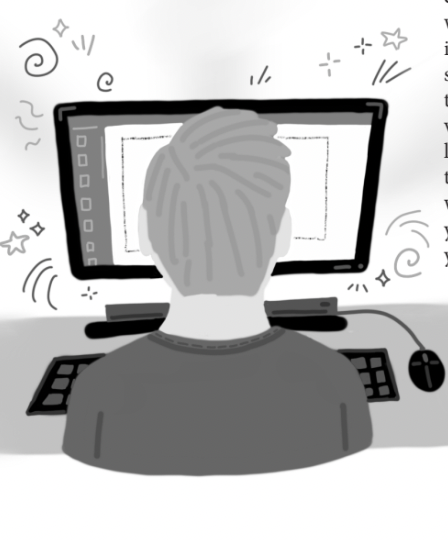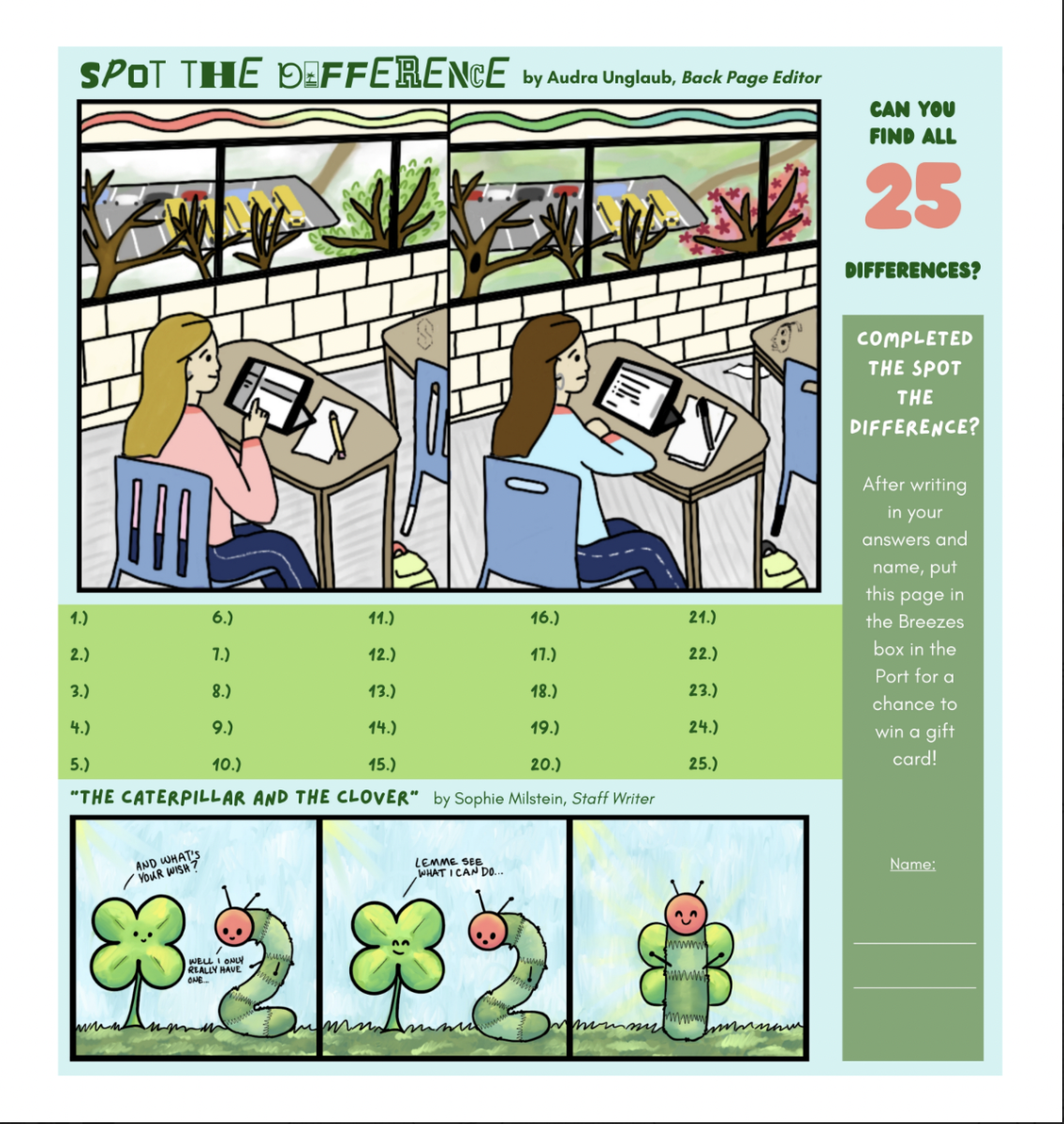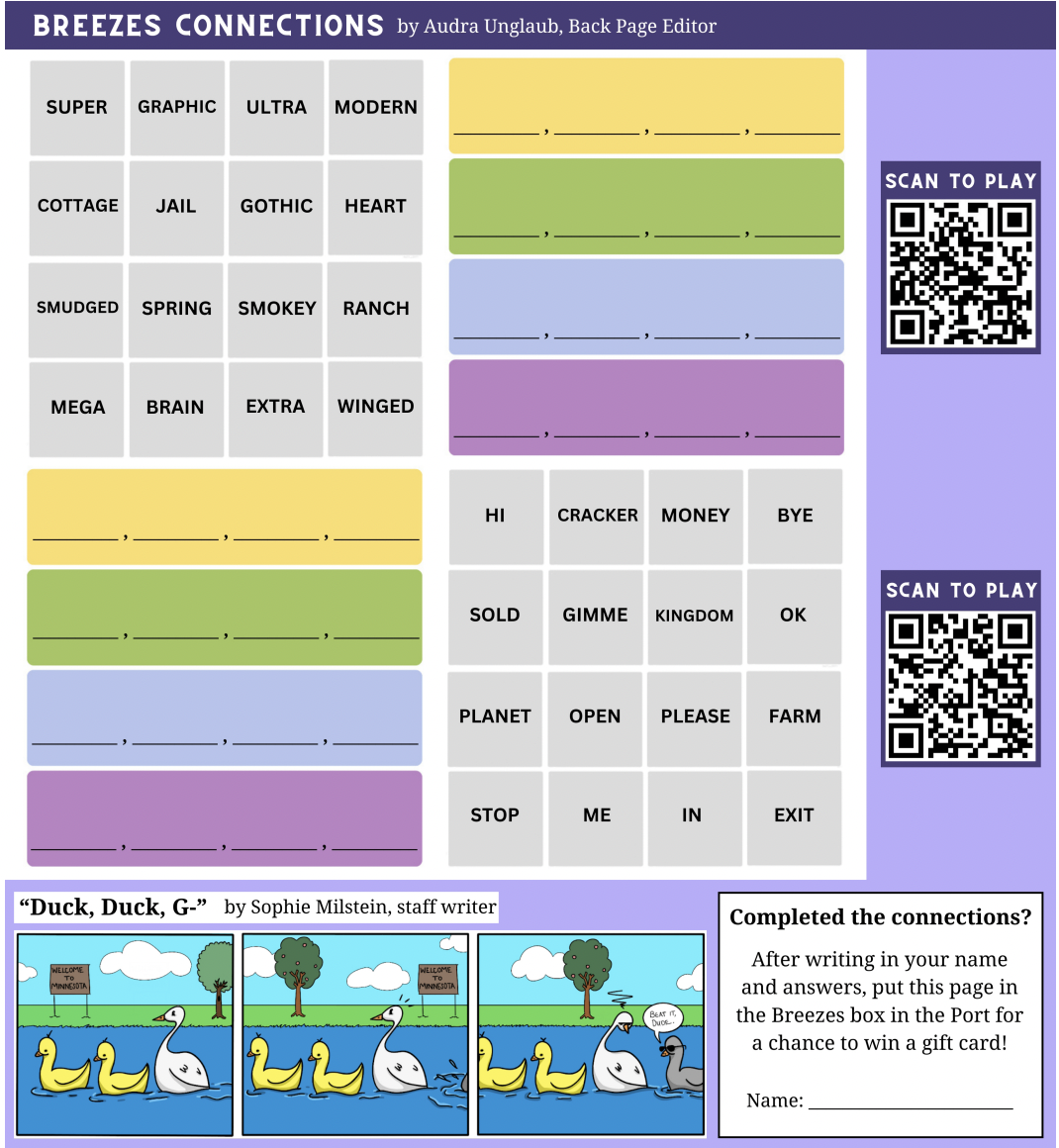The Change Curve: How We React To Life’s Ups And Downs
February 12, 2021
Looking back, what many people have dubbed “the disaster year” of 2020 was full of large-scale change. Whether it be the COVID-19 pandemic which has affected daily life for nearly a year, the nationwide social justice movement, economic disparity, or turbulence in the political climate, last year was full of changes beyond one person’s control.
2020 shook up most people’s lives, but being a young adult amidst all these changes is especially difficult.
“I’m not gonna make any substantial change; I’m just a 16 year old,” lamented Addison Dieterle, ‘23, on the topic of COVID-19 and the year in general.
Indeed, the lack of influence young adults have over the world they live in can make dealing with large-scale changes, like those that have been all too common over the past year, particularly hard.
At the start of 2021, many were excited to leave the difficulties of the past year behind. And although many situations have improved with the new year, it is important to note that change is inevitable. Individually and as a society, we will undoubtedly face challenges and disruptions again. The best thing we can do is learn how to adapt to big life changes is a healthy way and work to understand the emotions we must go through in difficult times.
One way of mapping out how major life changes affect the way we feel is the Change Curve Model, a tool used across fields ranging from emotional therapy to business management. Originally created by Elisabeth Kubler-Ross in 1967 through her studies on grief and the psychological impact of losing a loved one, the Change Curve has evolved to be one of the most useful ways of understanding how people go through change.
The Change Curve describes a common set of emotional responses that people have to major changes. These changes can be anything that significantly disrupts an individual’s status quo, including injury, work issues, relationship and financial problems and death. Changes can be both positive and negative.
One manager at a local manufacturing company explained how she uses the Change Curve in her business management career.
“[Managers] often use the Change Curve when [they] want to implement a new strategy or communicate something, bad or good. I use it every day, directly or indirectly,” she said.
The model portrays different emotional stages applicable to most people regardless of personality or situation. Many versions of the Curve have sprung from Kubler-Ross’s original, but all show a progression from internal conflict to accepting change. People who go through the Change Curve faster demonstrate better flexibility to new situations. The path of the Change Curve is not always linear, with some people skipping, revisiting, or getting stuck in certain emotional stages. The duration and order of the emotions a person experiences while dealing with change can also vary.
The most well known version of the Change Curve involves five stages: Denial, Anger, Bargaining, Depression, and Acceptance. Some versions include other stages, though the emotional journey remains the same.
Denial, sometimes known as Shock, is the first and most short-lived stage of the Change Curve. It occurs when a person originally hears of disturbing news and is essentially a defense mechanism to give a person time to process their new reality. At this time, people tend to deny the existence of the change or deny that the change affects them personally. Normally this is the shortest stage, although some individuals may continue to deny the existence of change and construe a false reality.
Once a person has acknowledged the disruption to their status quo, they will enter the Anger stage on the Change Curve. When faced with a difficult situation, people often feel the need to place the blame for their problems on something. Whether a person blames themselves, other people, or institutions like the economy or government, they generally feel uncertain and resentful. Most emotion in this stage is backed by fear of the unknown and a lack of acceptance.
“Anger is the most destructive part [of the Change Curve] and sometimes leads to Bargaining and Depression,” one manager said, “We want employees to go through these stages quicker.”
Bargaining is the next phase many people encounter. At this time, people’s overall ability to cope atrophies as they attempt to negotiate their way out of an inevitable change. For example, a person who has lost a competition may attempt to bargain with the referee about how many points were earned, even though the person has clearly lost either way. A person may attempt to find a compromise or a silver lining that isn’t actually there. This is also a stage in which a person may blame themselves if the change is a personal matter.
The Depression stage is the lowest on the Change Curve in terms of morale, energy and ability to cope. A person will usually feel hopeless or demotivated, defeated by a change they can’t fight against. Symptoms include low energy, self-isolation, and in cases of major change (such as tragic death of a loved one), even clinical depression.
Quarantine was a difficult time for many students who missed social interaction.
Dieterle explains how she “spent a week in [her] bed, somewhere in April or May” after having being quarantined for some time. She went on to explain how classes became draining and how the lack of connection that school normally provides made the experience totally different.
“I know a couple of people who took it really hard,” she said. “They were seriously struggling.”
In situations of deep emotional pain, a person can become stuck in the Depression stage and never reach acceptance of the change around them. However, most people reach a point where they can live and thrive with change.
Acceptance occurs when a person realizes that fighting reality is not going to ease their grief or improve their situation. It is a time when people finally move on from the past and focus on creating a future in their altered status quo. Acceptance is not always a happy process, but is always the healthiest option. One of the only ways to grow is to adapt.
When asked about how she is currently managing the pandemic, Dieterle expressed that she had fallen into the rhythm of the new normal.
“What am I supposed to do, be sad about it?” she asked. “That’s not gonna help anyone.”
Dieterle described how when faced with difficult situations in the past, she relied on logical reasoning, support in her community and looking for positive moments to get herself through.
The Change Curve is an interesting tool for analyzing our responses to major changes. By asking ourselves where we lie on the Curve in regard to difficult situations, we can self-assess our emotions and place them in context. The Change Curve can show us where we might be going next and can help us understand why we have certain feelings.
As the high school welcomes students back to the building again and new hybrid learning schedules are implemented, students and teachers alike will eventually come across new or displeasing situations. By acknowledging that these transition times may be difficult and understanding where we are in the process, we can work together to find solutions and roll with dramatic shifts in social life and daily functions. Even in cases where all options seem bleak, we can keep calm and connected by realizing that the people around us are likely experiencing the same emotions as we are.


